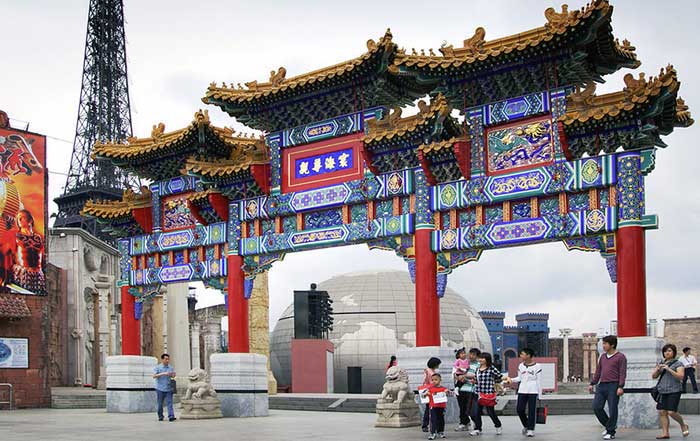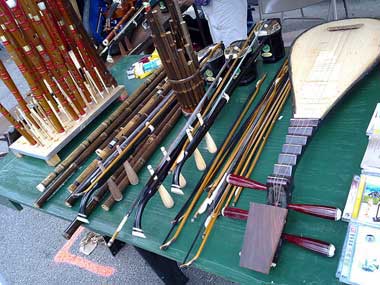Foodie Cities in China
Chengdu As the capital of Sichuan Province, you would be well acquainted with the name, Sichuan where spiciness is synonymous with its signature dishes. A very popular Chinese culinary style, Sichuan food is not for the weak-hearted as the level of hotness might potentially numb your tongue and swell up your lips. Classic dishes are the Sichuan hotpot, kungpao chicken and mapo tofu. Be prepared with liters of water at your side if you don't usually consume spicy food.
Xi'an Located in the Shaanxi province, food here is a fascinating mixture of Chinese and Muslim. It has exotic meat platters that consist of camel and donkey. With one of the most bustling night markets in China, Lanzhou provides foodies with hand-pulled beef noodles that are soft and chewy. Vegetarians must try the Jiangshui noodles, a cabbage filled soup that has to be fermented for three days which eventually produce its tangy taste. The mutton and bread soup is also a specialty of Xi'an, a simple but delectable meal.
Turpan Another place that holds Muslim and Chinese cuisine together, Turpan is located in Xinjiang, northwestern part of the Silk Route. This town has the best Uyghur food and they have numerous halal restaurants. With slight similarities to Indian food, they serve lamb kawop and crispy rounded nang breads - large flatbreads -that can be dipped with banshi, a local dish. Banshi is basically mutton wontons served in light tomato broth with black-eyed beans and cilantro. Don't let the exotic names scare you; they might sound foreign but you will not regret trying out their local delicacies.
Qing'dao Located in Eastern China, Qing'dao is famous for its Tsingtao beer and crowded beaches. This city also serves one of the best seafood dishes in China. Accompanied by the local brew, local shrimps, clams, sea cucumbers, crabs and crayfish make up the seafood platter in this sunny place. The catch of the day can be chosen from tanks and customers can request for any method of cooking they prefer. One of its famed delicacy would be the steamed Hongdao oysters from Hongdao island. Steamed with ginger and vinegar, the freshness of the oysters can be tasted through the bland style of cooking – which essentially is the signature cooking style of the seafood dishes here.




